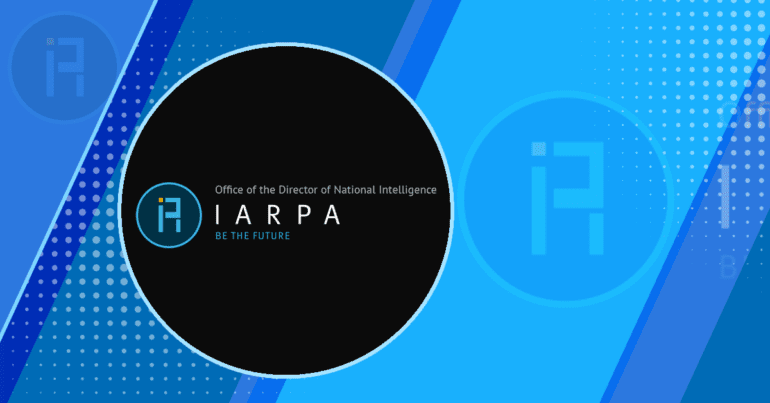TL;DR:
- IARPA seeks insights on vulnerabilities and threats of large language model (LLM) AI technologies in intelligence analysis.
- LLMs’ human-like interaction with users raises potential risks and erroneous behavior.
- Four key areas of interest: Frameworks for classification, specific threats and vulnerabilities, detection/mitigation methods, and confidence quantification in LLM outputs.
- Both “white box” and “black box” LLM models are under consideration.
Main AI News:
In an effort to enhance the safe utilization of large language model (LLM) AI technologies, such as ChatGPT, within intelligence analysis, the Intelligence Advanced Research Projects Agency (IARPA) has issued a request for information (RFI) seeking insights on established vulnerabilities and threats. The aim is to identify potential risks and challenges associated with the adoption of LLM technologies in the intelligence sector.
LLMs have recently captured significant public attention due to their remarkable human-like interaction with users, offering immense potential to revolutionize various industries in the years to come. Nevertheless, these advanced language models have demonstrated instances of erroneous and potentially harmful behavior, making it crucial to address the threats they may pose to end-users.
IARPA is actively seeking input from organizations in four critical areas:
- Frameworks for Categorization: IARPA is interested in obtaining frameworks that effectively classify and comprehend the diverse array of threats and vulnerabilities that LLM technologies might present.
- Specific Threats and Vulnerabilities: Organizations are encouraged to provide detailed descriptions of individual LLM threats and vulnerabilities, along with an assessment of their potential impacts.
- Detection and Mitigation Strategies: The agency is keen on discovering innovative methods to detect and mitigate risks arising from LLM vulnerabilities that could potentially affect users.
- Confidence Quantification in LLM Outputs: IARPA seeks novel approaches to accurately quantify confidence levels in the outputs generated by LLM systems.
- The RFI highlights that IARPA is interested in exploring characterizations and methods for both “white box” models, which allow privileged access to parameters or code, and “black box” models, where no privileged access to parameters and code is granted.
This initiative underscores the significance of addressing the vulnerabilities and threats associated with LLM AI technologies to ensure their responsible and secure integration into intelligence analysis. By collaborating with experts and stakeholders, IARPA aims to develop a comprehensive understanding of potential risks and establish effective measures to mitigate them, paving the way for a safer and more reliable implementation of LLMs in intelligence operations.
Conclusion:
IARPA’s initiative reflects the growing recognition of the significance of addressing the potential risks associated with LLM AI technologies. As these advanced language models gain widespread attention, businesses and industries will need to carefully evaluate the vulnerabilities and threats they might pose. Companies in the AI sector should focus on developing robust frameworks for vulnerability assessment, detecting and mitigating risks, and quantifying confidence levels in LLM outputs to ensure responsible and secure integration of these technologies. Emphasizing safety measures and establishing trust in AI-driven solutions will be crucial for gaining a competitive advantage in the market, particularly in intelligence and other sectors where LLMs hold promise for substantial transformation and enhancement of work processes.

